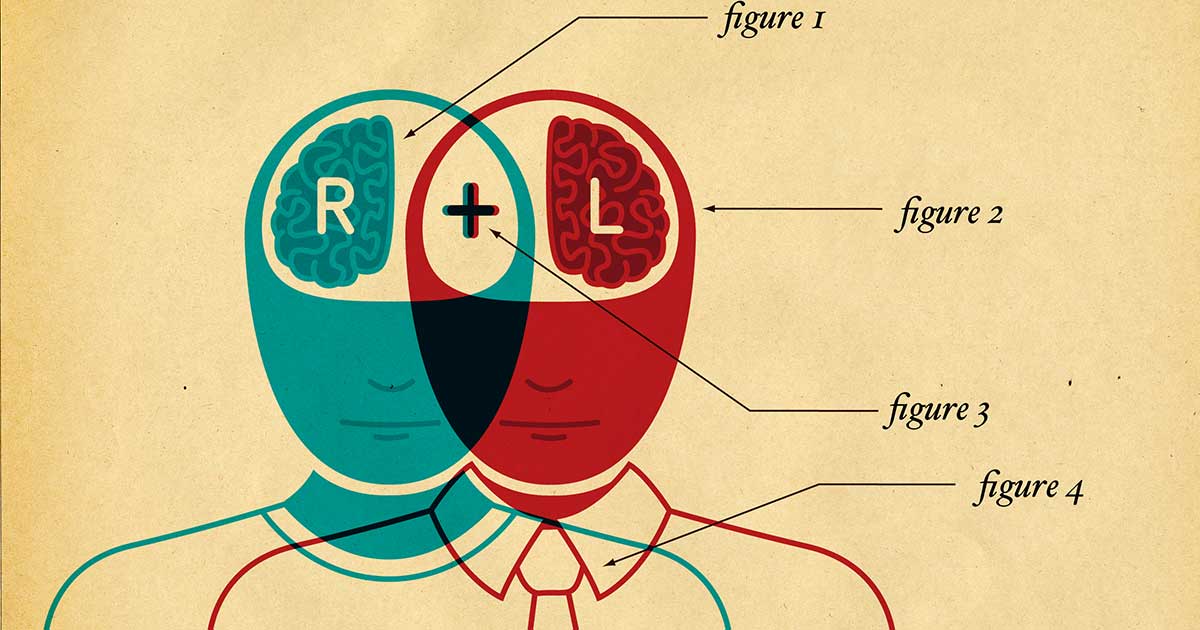We Only Use 10% of Our Brain

The average human uses 100% of the brain on a daily basis, and there is no “silent areas” of a normal healthy human brain.
Neuroscience is the scientific study of the nervous system.

The average human uses 100% of the brain on a daily basis, and there is no “silent areas” of a normal healthy human brain.

Whether or not machines can think, depends on our definition of “think.” Generally we can say, machines can think, but they think differently than humans.

Science suggests people are born in a range of places in the gay and transgender spectrum, with both nature and nurture playing a role in sexuality.

We know liberals and conservatives think differently, however science suggests differences not only in thinking process, but in brain structure as well.

Memories aren’t stored in a single part of the brain. Memories are stored in neurons located in different parts of the brain, recalled using other parts, and connected to even more parts via synaptic pathways.

Human behavior can be random to some extent, but most behavior is based on prior input, and thus is “deterministic” (meaning not totally random).

Your nose is in your field of vision, so you are always looking at your nose. Luckily, our brains filter out sensory information we don’t need.

There are three basic types of memory: sensory memory (what we perceive), short-term memory (what we think about), and long-term memory (what we know).

People can’t be truly unbiased; we are hardwired with bias and create bias constantly as part of the natural neurological process of learning.

Humans are born both selfish and compassionate; we are hardwired to show compassion to our group and fear to those outside it. It’s genetic self-interest.